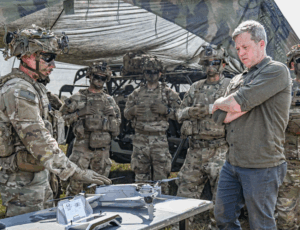
The Department of Homeland Security’s agency that oversees its cyber security efforts on Tuesday released the initial set of core functions that are critical to national security writ large for further analysis and consequence modeling. The set of 55 National Critical Functions include things like provide Internet routing, access and connection services, transmit electricity, generate electricity, maintain access to medical records, and conduct elections. The functions are aligned within four categories, which are connect, distribute, manage and supply. The Cybersecurity…

 By
By 








